

Metal to wood screws are specially designed fasteners that combine the strength and durability of metal with the ability to securely grip wood. They feature a sharp point and coarse threads optimized for penetrating both materials, creating a strong and lasting connection. This guide covers everything from selecting the right screw type and size to proper installation techniques and troubleshooting common issues, ensuring your projects are built to last.Understanding Metal to Wood ScrewsWhat are Metal to Wood Screws?Metal to wood screws are designed to join metal to wood without pre-drilling in most cases. They have a pointed tip that allows them to easily pierce through metal, and coarse threads that bite firmly into the wood to provide a secure hold. Unlike standard wood screws, they're typically made from hardened steel for added strength and durability.Key Features of Metal to Wood Screws Sharp Point: Enables easy penetration through metal without pre-drilling. Coarse Threads: Provide a strong grip in wood, preventing pull-out. Hardened Steel Construction: Ensures high strength and resistance to corrosion. Variety of Head Types: Available in various head styles (flat, pan, truss, etc.) for different applications.Choosing the Right Metal to Wood ScrewFactors to ConsiderSelecting the appropriate metal to wood screw is crucial for a successful and long-lasting connection. Here's what to consider: Material Thickness: Thicker materials require longer screws. Ensure the screw length is sufficient to penetrate both the metal and wood adequately. Wood Type: Softer woods may require coarser threads for better grip. Harder woods may require slightly finer threads. Load Requirements: Consider the weight and stress the connection will bear. Heavier loads require stronger and larger screws. Environment: For outdoor applications, choose screws with corrosion-resistant coatings (e.g., zinc, ceramic). Head Type: Select the appropriate head type based on the desired appearance and functionality. Flat heads sit flush, while pan heads offer a larger bearing surface.Common Types of Metal to Wood Screws Flat Head Screws: Ideal for applications where a flush finish is desired. Pan Head Screws: Offer a larger bearing surface and are suitable for general-purpose use. Truss Head Screws: Provide an even larger bearing surface, distributing the load over a wider area. Hex Head Screws: Offer a strong and secure hold, often used in heavy-duty applications. Self-Drilling Screws: These screws have a drill-bit tip that allows them to drill their own pilot hole, further simplifying installation.Installation TechniquesStep-by-Step Guide Preparation: Clean the surfaces of both the metal and wood to remove any debris or rust. Positioning: Align the metal and wood pieces in the desired position. Starting the Screw: Place the screw on the metal surface at the desired location. Driving the Screw: Using a drill or screwdriver, drive the screw straight into the metal and wood. Apply steady pressure and maintain a consistent speed. Avoid over-tightening, which can strip the threads or damage the wood. Inspection: Ensure the screw is securely fastened and the connection is tight.Tips for Successful Installation Use the Right Driver Bit: Match the driver bit to the screw head to prevent stripping. Apply Consistent Pressure: Maintain steady pressure while driving the screw to ensure a straight and secure installation. Avoid Over-Tightening: Over-tightening can damage the wood and weaken the connection. Stop when the screw head is flush with the metal surface. Pre-Drilling (Optional): While metal to wood screws are designed for self-drilling, pre-drilling a pilot hole in harder woods can make installation easier and prevent splitting.Troubleshooting Common IssuesStripped ScrewsStripped screws occur when the threads in the wood are damaged, preventing the screw from holding. To fix this: Use a Longer Screw: If possible, use a longer screw to reach undamaged wood. Use a Screw Anchor: Install a screw anchor in the stripped hole to provide a new gripping surface. Fill the Hole: Fill the hole with wood glue and a small piece of wood dowel. Once dry, drill a pilot hole and re-install the screw.Bent ScrewsBent screws are often the result of using too much force or attempting to drive the screw through a knot in the wood. To prevent this: Use a Higher Quality Screw: Higher quality screws are less likely to bend. Pre-Drill a Pilot Hole: Pre-drilling can reduce the stress on the screw during installation. Reduce the Driving Speed: Slow down the driving speed to avoid overheating and bending the screw.Applications of Metal to Wood ScrewsCommon Uses Furniture Building: Attaching metal legs to wooden tabletops or chairs. Cabinet Making: Securing metal hardware to wooden cabinets. Construction: Fastening metal roofing or siding to wooden frames. DIY Projects: Various home improvement and crafting projects.Examples Attaching metal brackets to a wooden shelf. Securing metal hinges to a wooden door. Fastening metal flashing to a wooden roof.Where to Buy Metal to Wood ScrewsMetal to wood screws are widely available at: Hardware Stores: Local hardware stores typically carry a wide selection of screws. Home Improvement Centers: Large home improvement retailers offer a variety of screws and fasteners. Online Retailers: Online retailers like Amazon and Hebei Muyi Import&Export Trading Co.,Ltd offer a vast selection of screws with convenient shipping options. Consider exploring the selection offered by Hebei Muyi Import&Export Trading Co.,Ltd for your project needs.ConclusionMetal to wood screws are an essential fastener for a wide range of projects. By understanding the different types, choosing the right screw for the job, and following proper installation techniques, you can ensure strong, durable, and long-lasting connections. With proper care and selection, metal to wood screws will make your projects a success. Remember to always prioritize safety and use the appropriate tools and techniques when working with screws and power tools. Disclaimer: This guide provides general information and recommendations. Always consult with a qualified professional for specific project requirements and safety precautions. Data Source: Information is based on general industry knowledge and common practices. For specific product specifications, refer to the manufacturer's documentation.

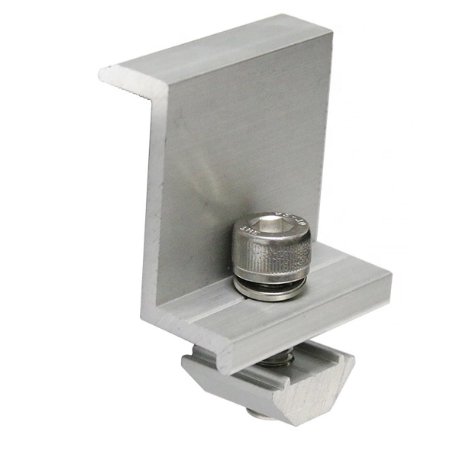
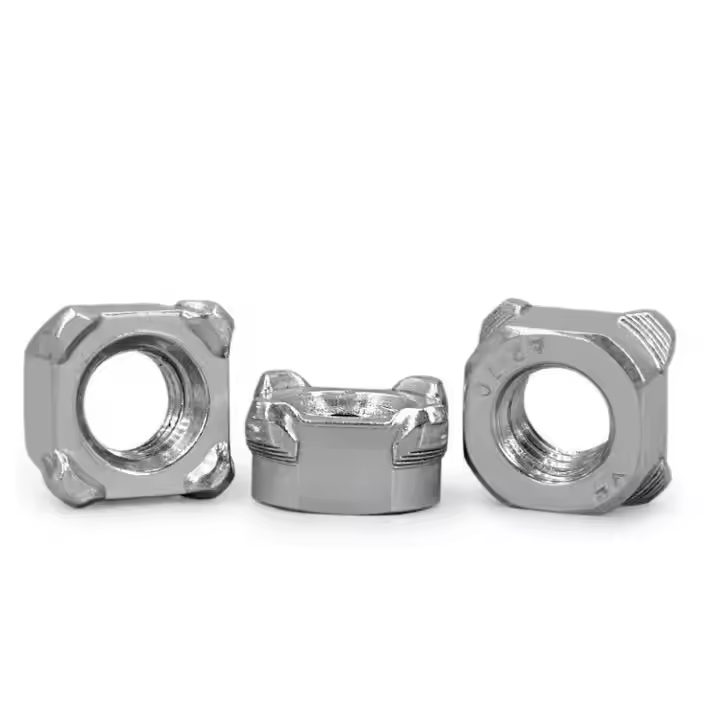
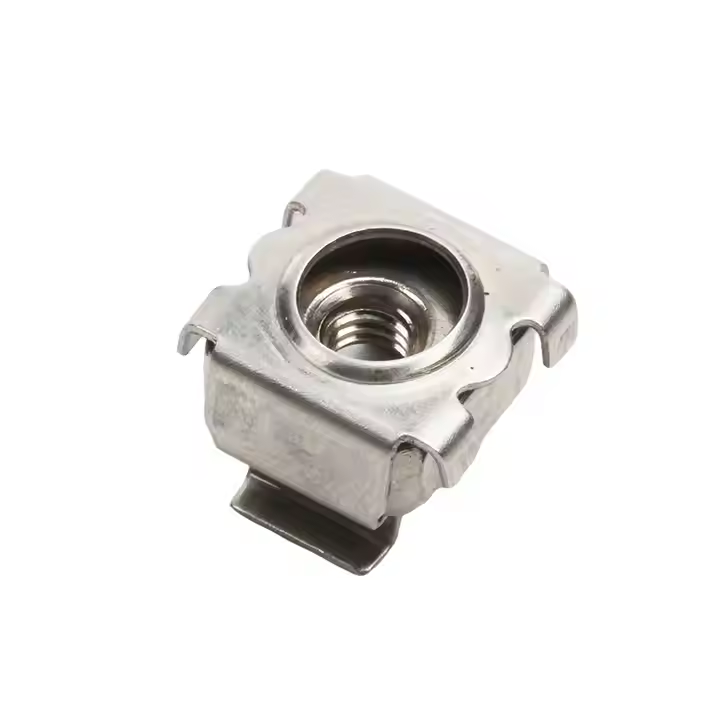

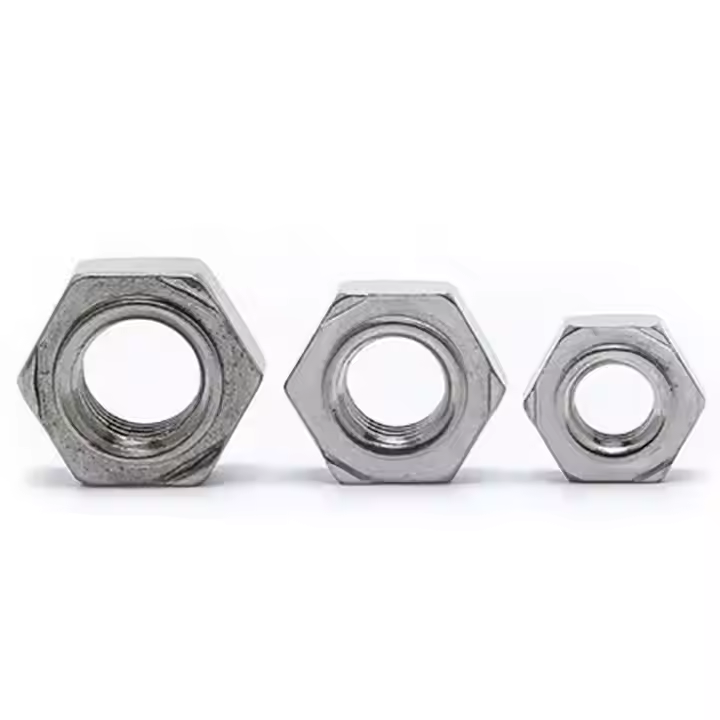
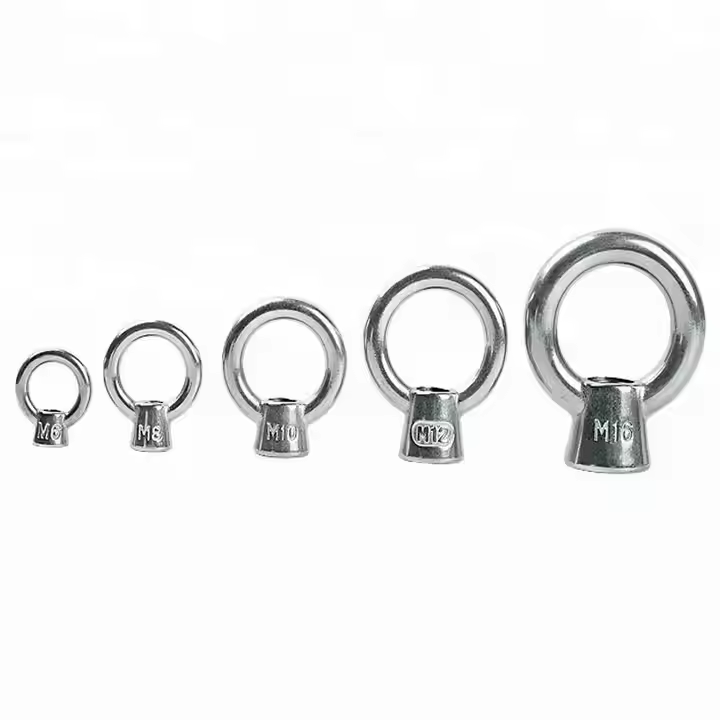
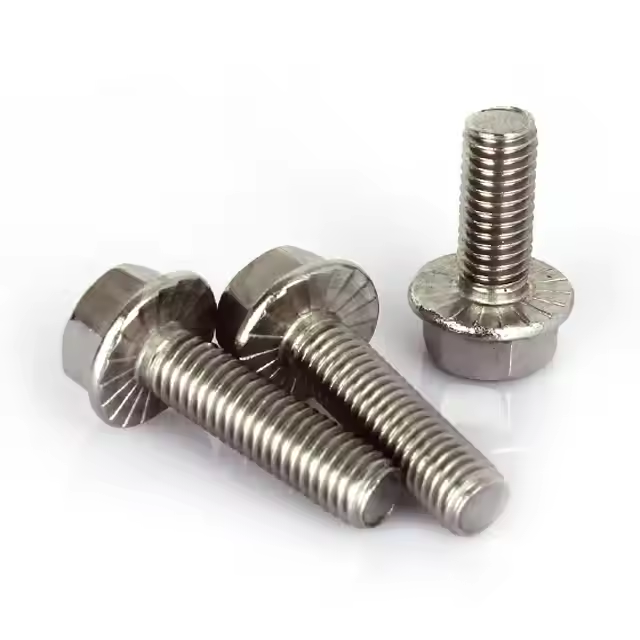
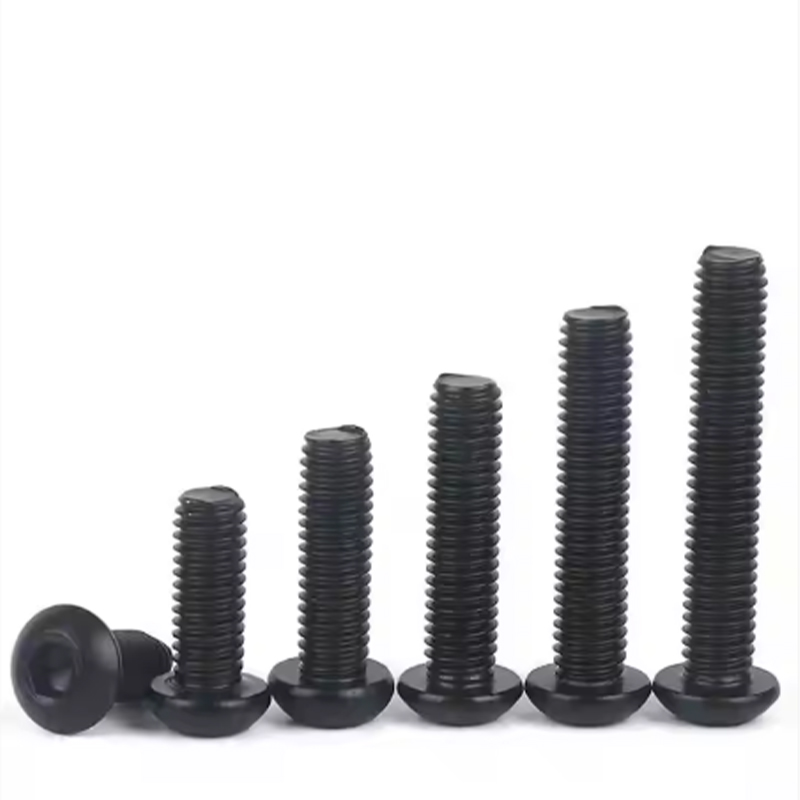
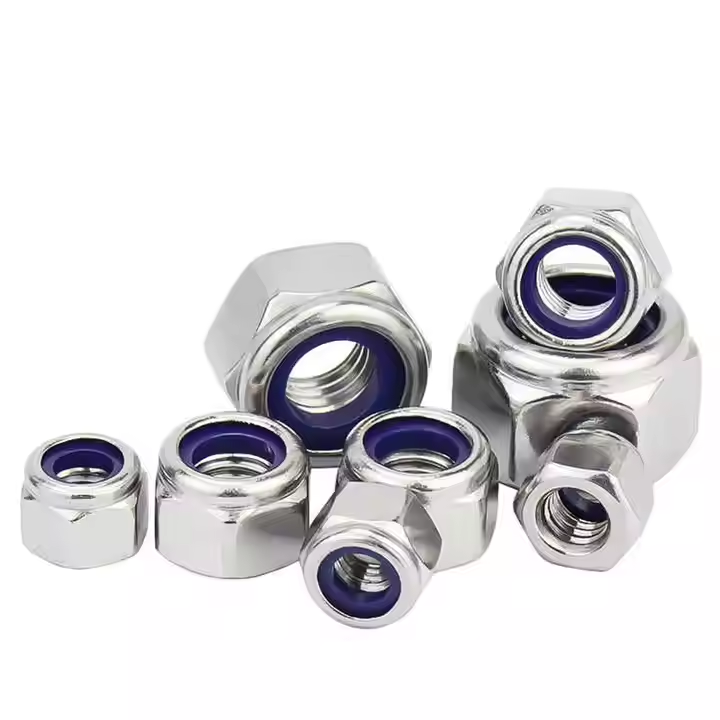


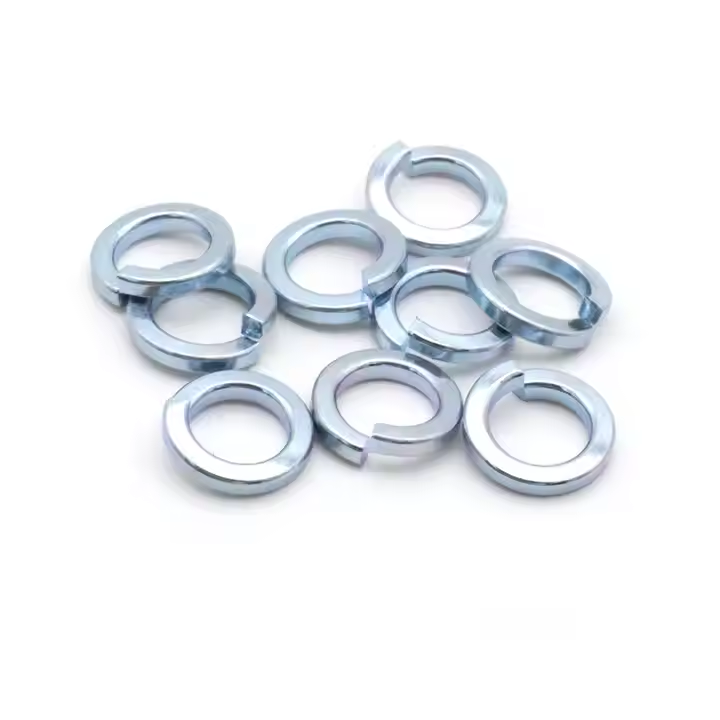
Please enter your email address and we will reply to your email.